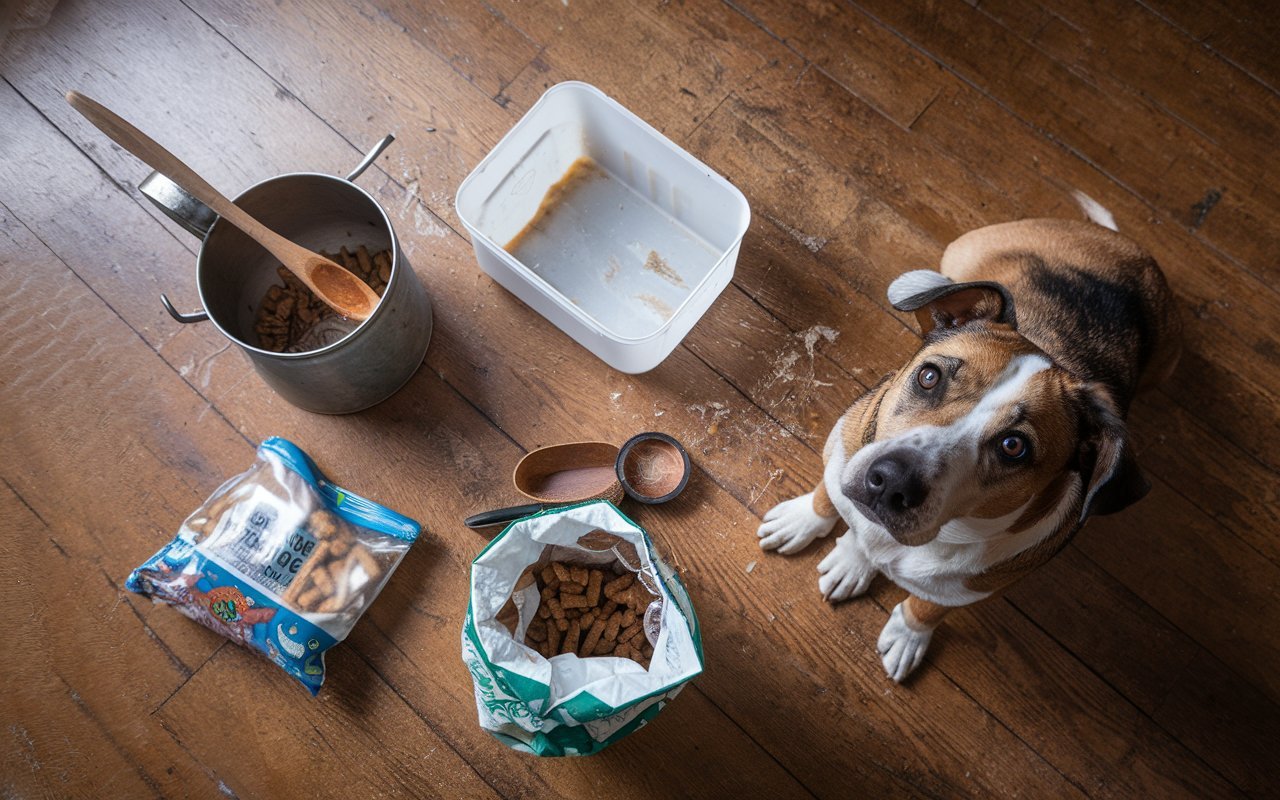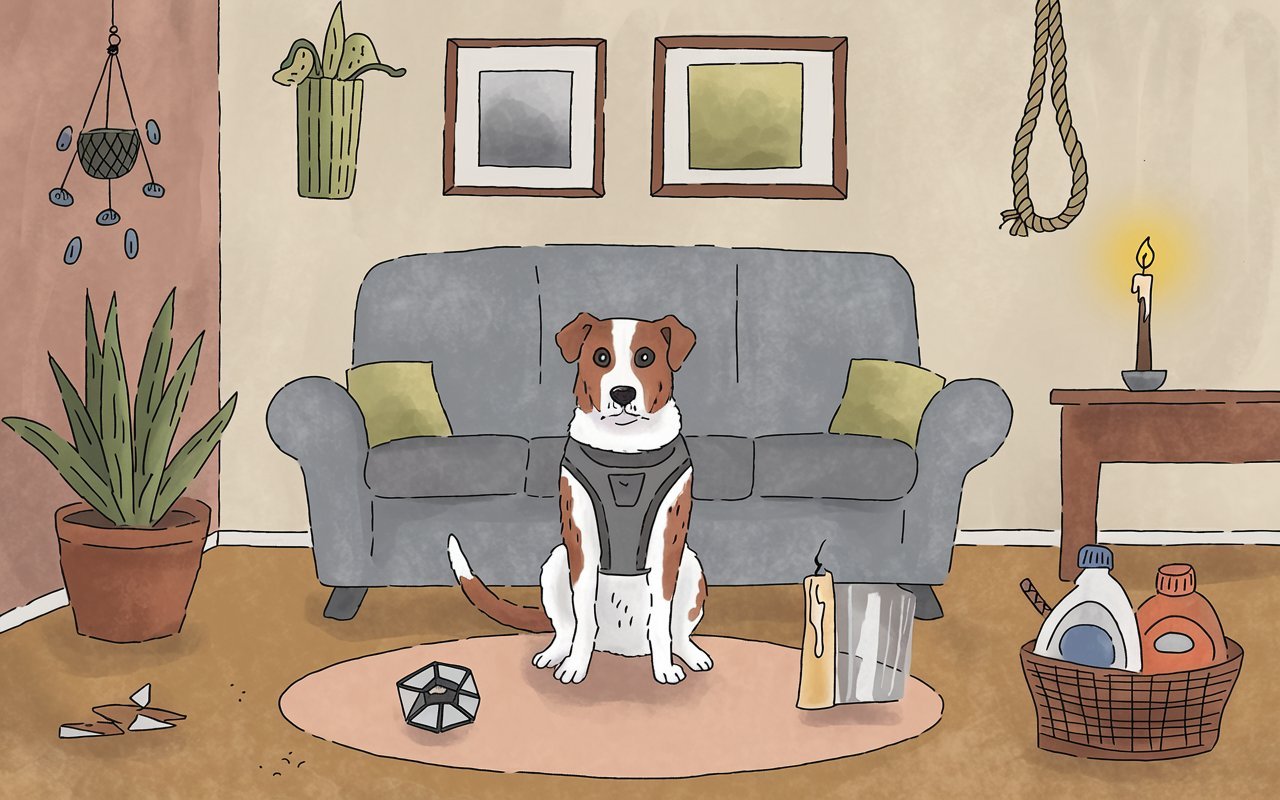Identifying Hidden Household Hazards for Dogs
Every home harbors potential dangers that can threaten the safety and well-being of our canine companions. Understanding and identifying these hidden hazards is crucial for creating a secure environment where our dogs can thrive. Let us explain the most significant household risks and learn how to protect our furry friends effectively.
Common Medication Dangers
Prescription and over-the-counter medications pose one of the most serious threats to dogs in household environments. During the pandemic, there was a significant increase in pet poisoning cases related to medications left within reach.
Even seemingly harmless pain relievers can cause severe reactions in dogs, as their bodies process these substances differently from humans. Store all medications, including vitamins and supplements, in secure cabinets or drawers that are completely inaccessible to your pet. Be particularly vigilant with medications kept in purses or bags that your dog might investigate.
Toxic Foods and Kitchen Hazards
The kitchen contains numerous items that can be dangerous for dogs. Many common foods that are perfectly safe for humans can cause serious health issues in dogs. Chocolate, grapes, raisins, onions, and garlic are particularly hazardous. These items can cause various reactions, from mild digestive upset to severe organ failure.

Properly store all food items and ensure garbage bins have secure lids. Clean up spills immediately, and never leave food unattended on countertops or tables where dogs might reach it.
Chemical and Cleaning Products
Household cleaning supplies represent a significant danger to our canine companions. The Pet Poison Helpline reported a 65% increase in calls related to cleaning and disinfecting products during the COVID-19 pandemic.
Common items like detergents, soaps, and disinfectants can cause severe irritation to a dog's mouth, stomach, and intestines.
Hidden Electrical Dangers
Electrical hazards pose a serious risk, particularly for puppies and young dogs who love to chew. Electrocution from chewing on electrical cords is the most common type of electrical injury for household pets.
These items can also present choking hazards and the risk of shock. To minimize exposure, install cord covers and keep wires tucked away behind furniture. Also, unplug small appliances when not in use and consider using cord management systems.
Dangerous Household Plants
Many common houseplants can be toxic to dogs if ingested. While they add beauty to our homes, certain varieties can cause serious health issues ranging from mild digestive upset to severe organ failure.

Research any plants before bringing them into your home, and keep toxic varieties out of reach. To maintain both aesthetics and safety, consider replacing dangerous plants with pet-safe alternatives.
Small Objects and Choking Hazards
Items that seem harmless can pose significant risks to curious dogs. Common household objects, such as coins, batteries, small toys, and even dental floss, can cause choking or intestinal blockages.
String-like items are particularly dangerous as they can cause severe internal damage if swallowed.
Essential Safety Measures
• Secure Storage: Keep cleaning supplies, medications, and toxic substances in locked cabinets
• Regular Inspections: Check your home regularly for potential hazards
• Proper Disposal: Dispose of dangerous items securely
• Supervision: Monitor your dog closely, especially in high-risk areas
• Emergency Planning: Keep emergency contact numbers readily available
Seasonal Outdoor Hazards
Outdoor environments present unique risks during different seasons. In winter, antifreeze and de-icing chemicals pose serious threats as they have a sweet taste that attracts dogs.
Fertilizers and garden chemicals become prominent dangers during spring and summer. Cocoa mulch is particularly hazardous because it combines fertilizer and chocolate toxicity.
Hidden Dangers in Pet Toys and Accessories
Not all pet products are created equal. Some toys can break into small pieces that present choking hazards, while balls and play items not specifically designed for dogs can be deadly if not appropriately size.
Even fabric softener sheets, sometimes used for pet hair control, contain harmful chemicals that can be dangerous if dogs play with or ingest them.
Emergency Response and Prevention
Creating an emergency response plan is crucial for pet safety. Keep emergency veterinary contact numbers readily available, and familiarize yourself with the symptoms of common poisonings. Installing safety measures like childproof latches on cabinets and securing trash cans can prevent many accidents before they occur.
Regular home safety inspections should be conducted to identify and address potential hazards before they can harm your pet.
Frequently Asked Questions
Q: What should I do if my dog ingests something toxic?
Contact your veterinarian immediately. Time is crucial in poisoning cases.
Q: Are there pet-safe alternatives for cleaning products?
Yes, many brands now offer pet-safe cleaning solutions. Look for products specifically labeled as safe for pets.
Q: How can I make my home more pet-safe?
Conduct regular safety checks, secure dangerous items, and create designated safe spaces for your pet.
Conclusion
Creating a safe home environment for your dog requires ongoing vigilance and proactive measures. By identifying and addressing these hidden household hazards, you can significantly reduce the risk of accidents and ensure your furry friend's safety. Remember that prevention is always better than treatment, and taking the time to secure your home properly is an essential part of responsible pet ownership.







